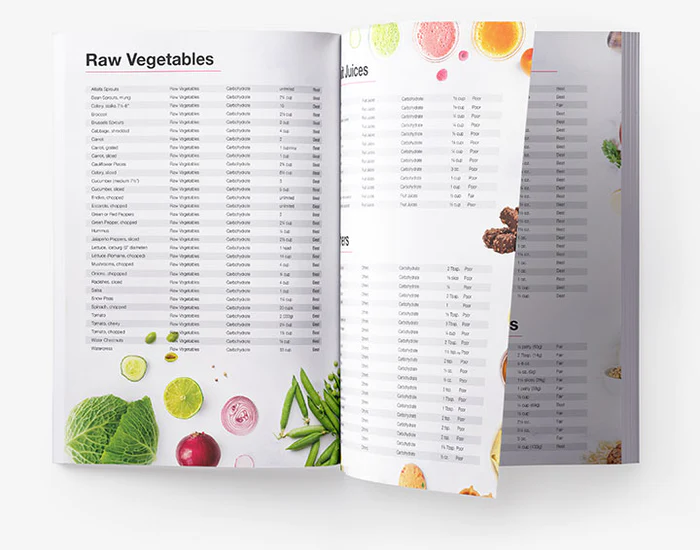Current health costs in America account for nearly 18% of our total domestic economic activity. This dwarfs any other activity in our economy.1 For the $3.2 trillion dollars we spend annually on health care you would expect better health outcomes. The easiest outcome to measure is death rates. Unfortunately, new data from the Centers of Disease Control (CDC) indicates the life span of Americans is beginning to decline.2
It’s Been More Than Two Decades since U.S. Longevity Decreased
The last time U.S. longevity decreased was nearly 25 years ago, and that decline in overall life span could be directly attributed to the rapid increase in mortality from AIDS-related causes. This new decline in overall life span is totally different, as 8 out the 10 top causes of death were all significantly increasing in 2015 compared to 2014. This mortality increase was led by Alzheimer ’s whose death rate increased by more than 15% in only one year. In fact, the only chronic disease that decreased in 2015 compared to 2014 was cancer, and that was only by 1.7%
The experts at the CDC say they are puzzled.3 Frankly, I am not. The more inflamed the average American becomes, the more likely they will die at an earlier age. The best way for an individual to measure their levels of inflammation is the Cellular Inflammation Test. Once they know how they score, they can take action to improve it.
Stop Waiting for New Breakthroughs to Increase Lifespan
Are there any drugs on the horizon that will reverse this trend? No, because the type of inflammation that accelerates chronic disease is primary diet-induced. This means our best longevity “drug” will be an anti-inflammatory diet. However, there is no need to wait for a biotechnology discovery to access this new “drug.” All you have to do is the follow the Zone Diet and supplement it with high-dose omega-3 fatty acids and polyphenols to further reduce diet-induced inflammation.
If you don’t improve your inflammation, then as the lead author of the CDC study stated to the New York Times, “If a year from now this situation continues, it’s definitely a problem for public health.”3
This is no time for sugar coating the results from the CDC. If the situation continues it will be the destruction of the American economy, as health care costs will continue to escalate at even faster rates as even the crudest measure of health care (i.e., death) also increases.
How To Measure Real Health Care Progress
Measuring death rates is relatively easy. However, the real hallmark of any country’s health care system is the ability to extend the health span (i.e., longevity minus years of disability), as I said in my prior article, Healthspan is the New Lifespan. Healthspan has decreased even faster than is our overall lifespan. References:
References:
- Martin AB et al. “National health care spending: Faster growth in 2015 as coverage expands and utilization increases.” Health Affairs 36:1-11 (2017).
- Xu J et al. “Mortality in the United States, 2015”. Centers for Disease Control. NCHS Data Brief 267 (2016).
- Rogers K. “U.S. life expectancy declines, and researchers are puzzled.” New York Times. December 8, 2016.






Let Us Know What You Thought about this Post.
Put your Comment Below.